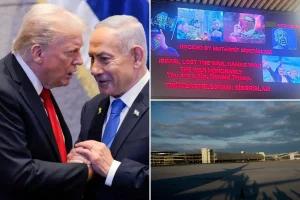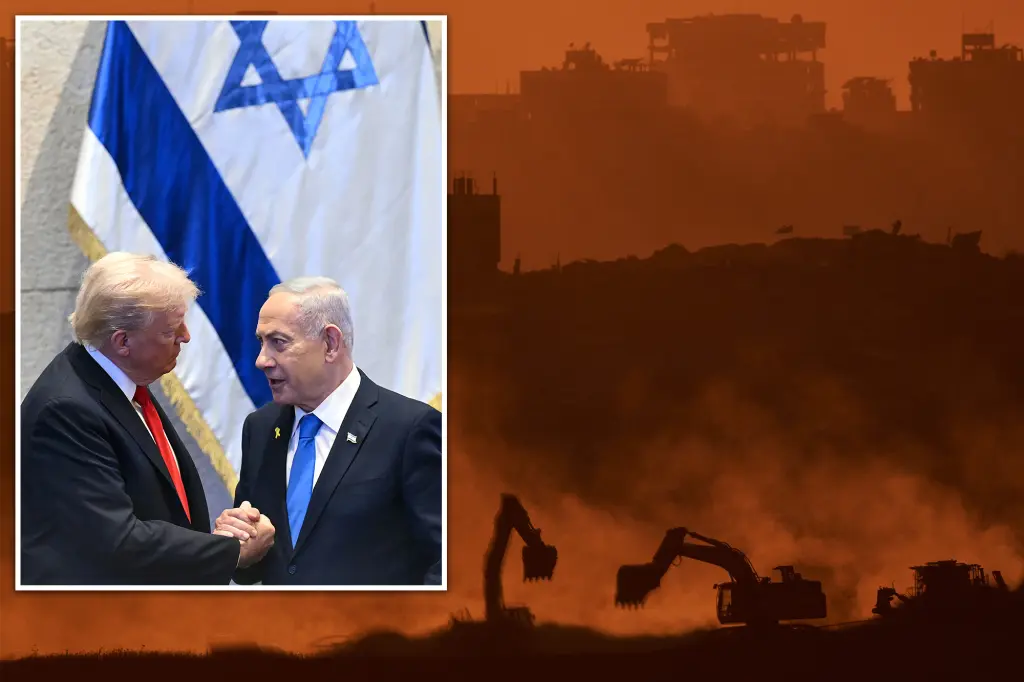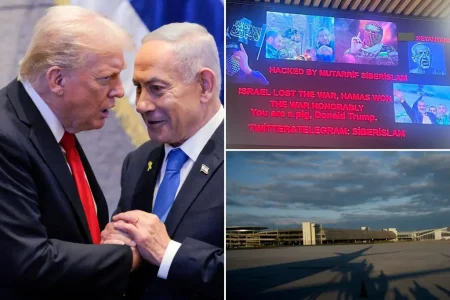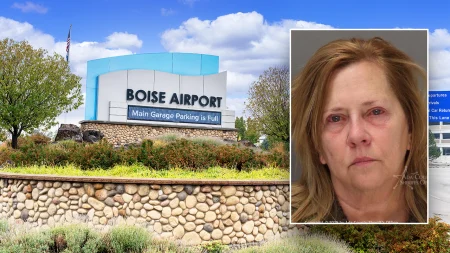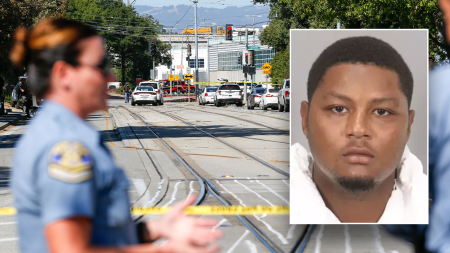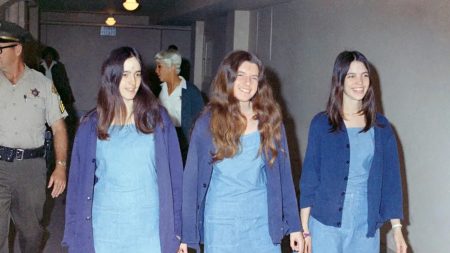Gaza Safe Zone Initiative: A Response to Hamas’s Brutal Retaliation
In the wake of the recent ceasefire between Israel and Hamas, a disturbing new development has emerged in Gaza as Hamas carries out public executions of Palestinians they accuse of collaborating with Israel. In response, the United States is working with Israel to create a safe zone for Gazans who fear for their lives under Hamas rule. This humanitarian initiative would establish protected areas behind the Israel Defense Forces’ “yellow line” of withdrawal inside Gaza, providing refuge for threatened civilians without requiring them to enter Israel. According to senior U.S. officials speaking on Wednesday, the proposal was met with enthusiasm from Israeli authorities who are “very committed to creating safety for the people of Gaza who want to live in peace.” This collaborative effort represents a significant shift in approach after two years of devastating conflict in the region.
The safe zone initiative comes at a crucial moment as Hamas has intensified its brutal crackdown on perceived collaborators and political rivals. Eyewitness accounts shared with The Washington Post describe horrifying scenes of Gazans being dragged from their homes by gunmen and executed in the streets without trial. One witness reported, “They wiped out an entire family. They killed the elderly, the young, the kids—everyone from the family. Hamas is taking revenge on civilians.” These accounts paint a picture of terror and intimidation directed at the civilian population, particularly those suspected of opposing Hamas’s rule or cooperating with Israel during the conflict. U.S. officials have been working through mediators to send a clear message that these executions must stop, highlighting the urgent need for the proposed safe zone.
The American involvement in this initiative reflects a broader strategy to stabilize the region following the ceasefire agreement. A senior U.S. official emphasized that “after two years of war, Israel is trying to show that they do care about the people of Gaza. They want to see the people who are peace-loving do well, and so they are making a big effort to try to embrace and protect and help those who want to live peacefully side by side and who are renouncing Hamas.” This statement suggests a deliberate effort to distinguish between Hamas as an organization and the broader Palestinian population in Gaza, many of whom desire peace and stability rather than continued conflict. The safe zone proposal appears designed to offer practical support to those Gazans who reject violence and seek to rebuild their lives away from Hamas’s influence.
Admiral Brad Cooper, the head of U.S. Central Command (CENTCOM), took the unusual step of directly addressing the situation in Gaza through social media, calling on Hamas to “immediately suspend violence and shooting at innocent Palestinian civilians in Gaza—in both Hamas-held parts of Gaza and those secured by the IDF behind the Yellow Line.” His message framed the current moment as “an historic opportunity for peace” and urged Hamas to “seize it fully by standing down, strictly adhering to President Trump’s 20-point peace plan, and disarming without delay.” This public statement from a high-ranking military official underscores the gravity of the situation and the U.S. government’s commitment to protecting vulnerable Palestinians caught in the crossfire of post-ceasefire recriminations.
The proposed safe zone represents a complex humanitarian and political challenge. While providing immediate protection for at-risk Gazans is the primary goal, the initiative also serves strategic purposes. By creating a space where Palestinians who reject Hamas can gather safely, Israel and the United States appear to be attempting to isolate Hamas politically and potentially foster alternative leadership within Gaza. However, implementation questions remain unanswered: How will civilians safely reach these zones? Who will guarantee their security? How will basic needs be met? And perhaps most importantly, what happens to these safe zones in the longer term? The proposal walks a fine line between humanitarian protection and potential political restructuring of Gaza’s governance.
Despite these challenges, CENTCOM’s Admiral Cooper expressed that the U.S. military remains “highly optimistic for the future of peace in the region.” This optimism stands in stark contrast to the grim reality currently facing many Gazans, particularly those now targeted by Hamas’s retribution campaign. The success of the safe zone initiative may prove critical not only for saving lives in the immediate term but also for establishing a foundation for lasting peace. As terrified Gazans who oppose Hamas continue to share their stories of violence and intimidation, the international community faces renewed pressure to protect civilians caught between warring factions. Whether this safe zone initiative can effectively shield vulnerable Palestinians while contributing to a more stable regional future remains to be seen, but it represents a significant attempt to address the humanitarian crisis continuing to unfold even after the formal cessation of hostilities.


